Vinayak Damodar Savarkar or Veer Savarkar, who was on the frontline of India’s freedom, is amongst those rare individuals who have the potential to emerge like a phoenix from the dusty annals of history despite unparalleled advocacy against him by a segment of his ideological rivals.
It is imperative to understand the ideals of the accomplished writer, a very sharp lawyer, a poet and playwright, in a nuanced and comprehensive manner as the nation witnesses 55th death anniversary.
The Advocate of Equality
Savarkar preferred scientific reasoning to religious customs. He had quoted B R Ambedkar several times while advocating social reforms, harmony, and the upliftment of the downtrodden. In his book, Savarkar: Echoes from a Forgotten Past, 1883–1924, Vikram Sampath documents how Savarkar appealed that “every true Indian needs to resolve in his or her mind to absolve oneself of… seven fetters”, that is, Vedoktabandi (exclusivity of access to Vedic literature), Vyavasayabandi (continuation of a profession by virtue of one’s birth), Sparshabandi (practices of untouchability), Samudrabandi (forbidding the crossing of the seas to go to foreign lands), Shuddhibandi (disallowing reconversions to Hinduism), Rotibandi (the practice of inter-caste dining), Betibandi (rigidity in abolishing inter-caste marriage). These reformist ideas subsequently became provisions under the Indian Constitution.
Why Savarkar- a patriot since his school days- is still deemed controversial?
Born in 1883, Savarkar was head of his times, that the rest of the humanity might still need a couple of decades to catch with him or value him.
So much was his brilliance, that a book on the history of the 1857 revolution written by him, – The Indian War of Independence-1857, was banned by several countries even before it’s publication. This book was initially written in Marathi. At the time of it’s publication, Savarkar was 26 only.
Even today, to many people, the title of the book might suggest some ideological leaning or some thing related to emotions. But no, it was a hall mark of deep research to undo a fake narrative of 1857 being a sepoy mutiny. In fact, Savarkar penned it in response to celebrations in Britain of the 50th anniversary of the 1857 Indian uprising.Several Indian students helped Savarkar secretly
He dug into the records from India Office archives. Indian nationalists in Britain like Madame Cama, V.V.S. Iyer and M.P.T. Acharya and many more supported him in this venture. Several Indian students in Britain, who were afraid of openly supporting Savarkar, helped him secretly. Savarkar described the 1857 revolt as a unified and national uprising of India as a nation against British authority, as great an attempt as the French Revolution and the American Revolution.
This was 1909, and the foot print of a great hero could be seen there itself as the Marathi edition was banned in British India even before its publication. Britain and France refused to publish the English version as well.
Finally, It was printed in the Netherlands, as the British sleuths could not smell it having reached there in time. Even there, it was printed with false dust wrappers and copies were smuggled to India disguised as some popular and classic literature. The book remained banned in India for good 40 years. That was the might of Savarkar’s thoughts and words. British rule in India was not only badly shaken by Savarkar, but in fact was too scared of him.
In 1910, Savarkar was arrested and ordered to be extradited to India. While the ship was docked in the port of Marseilles, Savarkar escaped it. He was caught as the team to pick him from the port could not reach in time. He was made a political prisoner in France and the case against him be handed over back to Britain reached the International Court of Justice in The Hague. This was the first case of it’s own type. However, the French officials handed him back to the British India.




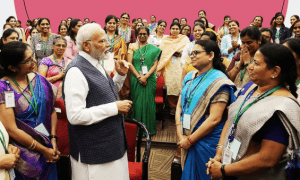



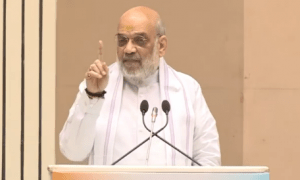

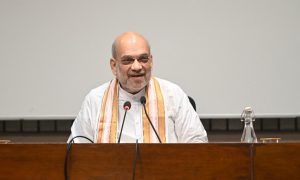

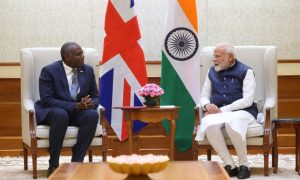



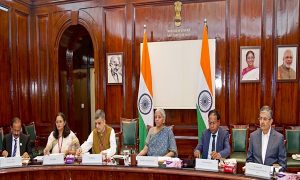



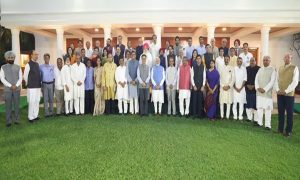

 WhatsApp us
WhatsApp us